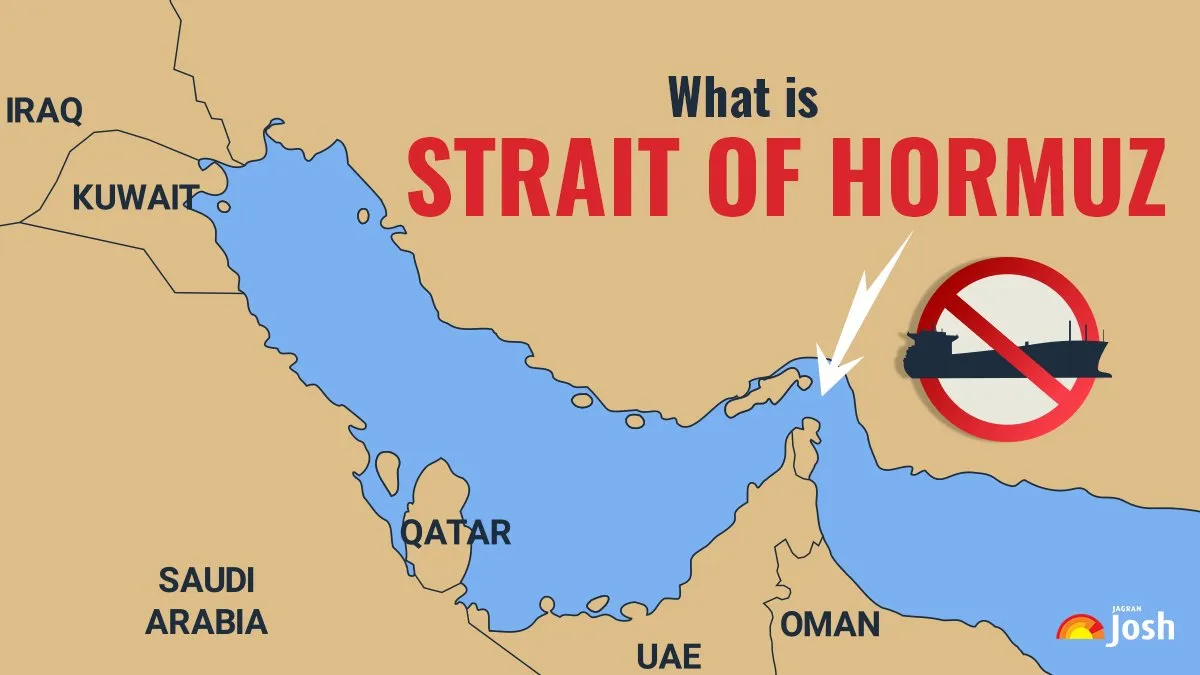Iran is thinking about shutting the Strait of Hormuz, according to the reports published in the Iranian news agency IRINN, citing senior hardline politician Esmail Kosari, as the confrontation with Israel deepens.
The action would run the danger of escalating the conflict and sending oil prices skyrocketing in the world market. Why is the closing of the Hormuz Strait a global concern? Let's take a look at its geographical and economic importance.
What is a Strait?
A strait is a narrow waterway that frequently divides two landmasses and links two huge bodies of water, like the sea or ocean. It is a naturally occurring substance.
Where is the Strait of Hormuz?

The Persian Gulf, the Gulf of Oman, and the Arabian Sea are all connected by the Strait of Hormuz, which separates Oman and Iran. Due to its high oil flow, the Strait of Hormuz is the most significant oil chokepoint in the world.
The Strait connects the Persian Gulf to the Gulf of Oman and the Arabian Sea in the Indian Ocean, dividing Iran on one side and Oman and the United Arab Emirates on the other.
Importance of Strait of Hormuz
The Strait of Hormuz is the "world's most important oil transit chokepoint," according to the US Energy Information Administration, which estimates that 20% of the world's oil consumption passes through it. It is 33 km (21 miles) wide at its narrowest point, but the waterway's shipping lanes are significantly more constricted, leaving them open to attacks and closure threats.
The International Energy Agency (IEA) estimates that in 2023, over 20 million barrels per day (mb/d) of crude oil and refined products—or nearly 30% of the world's total oil trade—passed through the Strait of Hormuz.
Approximately 70% of this amount was headed for Asia, with China, India, and Japan being the top beneficiaries.
What will happen if the Strait of Hormuz Closes?
Although there is an alternate pipeline infrastructure, it is not very extensive. According to the IEA, only 4.2 million barrels per day of crude oil can be diverted by overland routes, like the Abu Dhabi Crude Oil Pipeline to Fujairah in the United Arab Emirates and the East-West pipeline in Saudi Arabia to the Red Sea. Just a fraction of the normal daily volume passing through the Strait is represented by this capacity.
Even while a complete closure is still unlikely, economists concur that the threat is sufficient to cause volatility in the energy markets.
Amid rising tensions between Iran and Israel, crude oil prices rose 13% last week. The possibility of additional escalation—and possible disruption to global energy flows—remains high, despite the fact that prices have since somewhat decreased after reports verified that Israeli strikes did not affect Iranian energy infrastructure.
